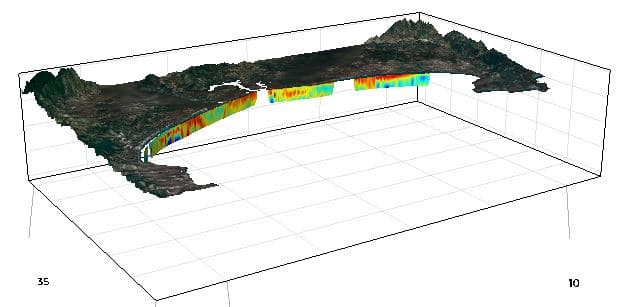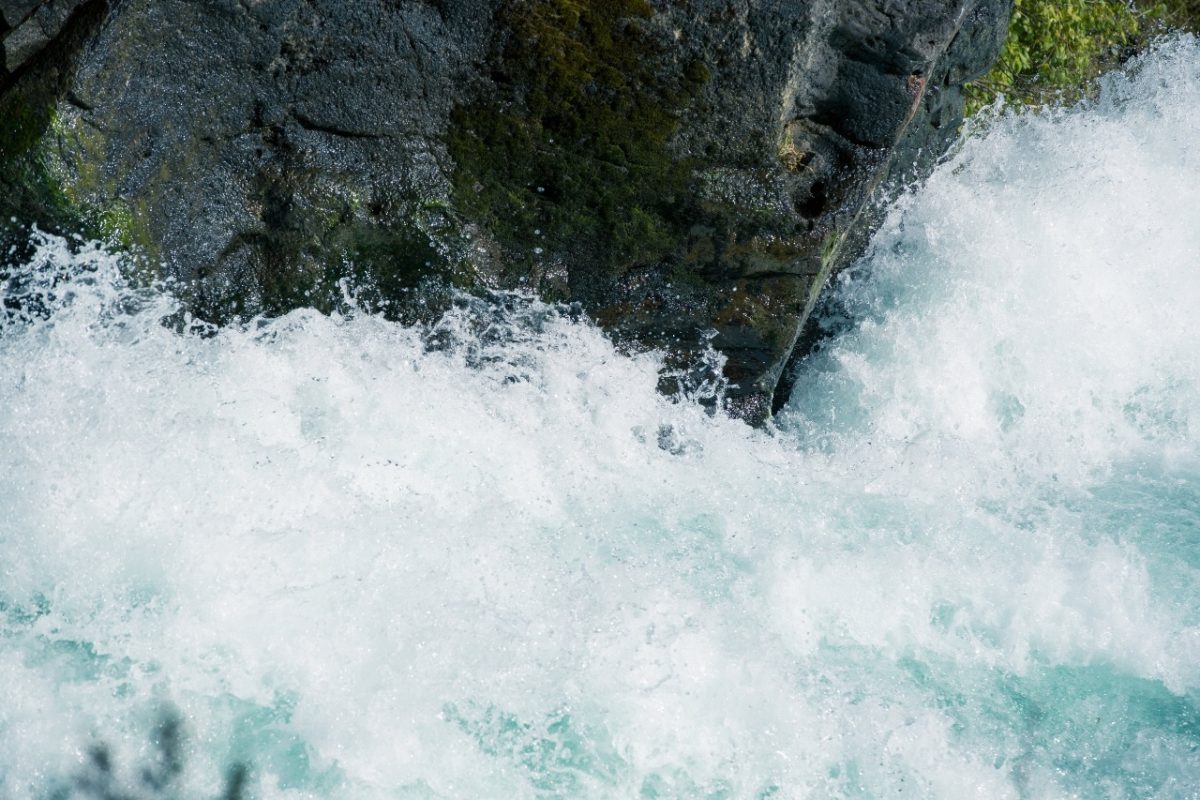Getting up close and personal with groundwater is no easy feat, but Adam Pidlisecky, Seequent’s Chief Research Officer and Professor at the University of Calgary, has been instrumental in not only improving understanding of large-scale aquifers, but doing so with huge cost savings.
Adam has been collaborating with Stanford University and the University of Calgary to use geophysical methods to study saltwater intrusion along the California coastline. He was also a co-author of the resulting study.
“Groundwater management is a really challenging problem from multiple perspectives: technical, cultural and economic,” says Pidlisecky, “the exciting part of this work is that we have been able to touch on all of these.”
Using electrical resistivity tomography (ERT) data, acquired by Advisian, a division of WorleyParsons, the research team used the data to image 300m below the ground and map the salinity of groundwater along a 45-kilometre stretch of California coastline from Aptos to Monterey. The data were compiled into an interactive 3D visualization model, powered by Steno3D, a Seequent product.

Image of the interactive 3D model in Steno3D.
This new study demonstrates the value of data from remote imaging techniques for mapping the impact of saltwater intrusion, and understanding how geology and management practices can influence the distribution of saltwater intrusion. Prior to this work, data were acquired using boreholes, which are significantly more expensive and spatially limited. The geophysical data provide a spatially exhaustive understanding of the large-scale system. Ultimately, good management requires both types of data, and using geophysics first, can enable optimal placement of monitoring wells.
Groundwater models are a critical component for making informed decisions around managing long term water use. In coastal areas management can be a delicate exercise, as removing too much groundwater can result in saltwater migrating inland into the freshwater aquifer. This phenomenon, known as saltwater intrusion, is often difficult and costly to reverse.
In this region there are a range of stakeholders, including groundwater managers, local residents, farmers, and recreation enthusiasts to name a few. Everyone is a stakeholder when it comes to water issues. Communication and engagement is critical, and is why the study has been published as open access. Steno3D was also used to provide data access.
“It is not enough to have great data. In order to make progress you need buy in from stakeholders – to achieve this you need to be able to communicate the story behind the data,” says Pidlisecky.
Shaun Maloney, CEO of Seequent, is particularly supportive of this work, “This work is something we as a New Zealand founded company are proud to be a part of. Clean water is a critical resource globally and becoming more so day by day, and one which world leaders and governments can no longer ignore. The quantity and quality of accessible groundwater is directly linked to the health, wealth and stability of their economy and people.”
This type of research is a key part of the work we do at Seequent and is something that the company values immensely. “Increasingly, we are moving to support a variety of projects that target some of the major global environment challenges we face.” says Maloney.
To read more, see the Stanford article.





